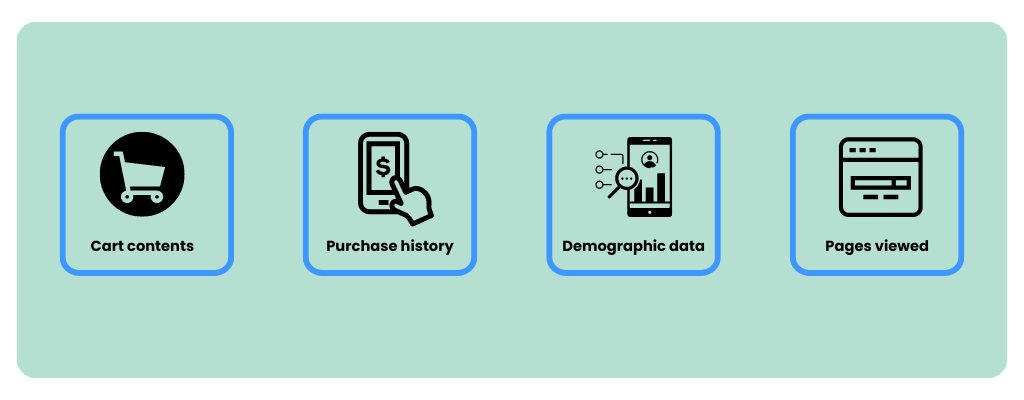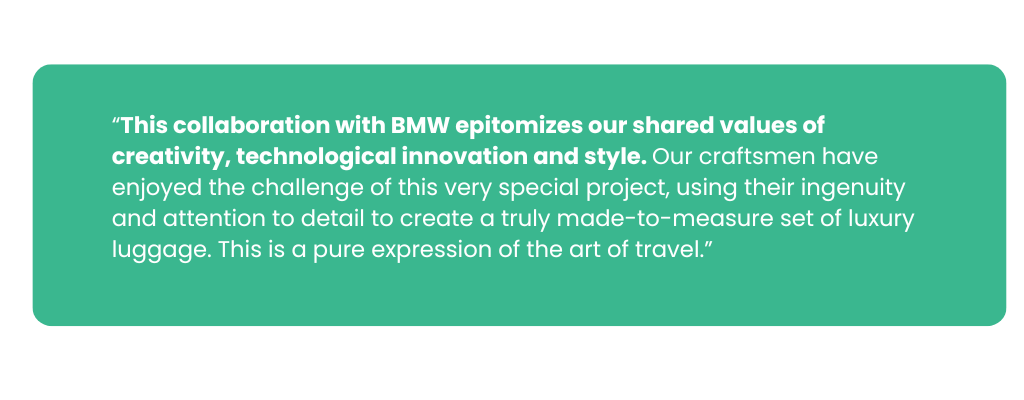Five Crucial Qualities of a Good Brand Partnership
What makes a good brand partnership? It’s a question that we at BrandSwap field all the time.
The truth is, every brand partnership or brand collaboration is different. If you organised a meeting between two sets of successful brand partners, there’s a high chance they’d be appealing to different customers in a different industry.
And that might not be the only difference.
Think briefly about the scope for variances across a good brand partnership or collaboration.
Here are five for starters:
- The goals of the brand partnership
- The product brought to the customer as a result of the collaboration
- Where the partnership targets customers
- The duration of the partnership
- Budgets for marketing the partnership
That said, successful brand partnerships tend to have a few shared qualities propelling them forward.
Here are five qualities of a good brand partnership:
1. Relevance/crossover
Most brand partnerships involve a host delivering a gift or reward from an advertiser to their customers. Subsequently, the host earns a commission each time the advertiser’s reward is redeemed. Ensuring that the reward is relevant to the customer produces a ripple effect.
The advertiser delivering the reward can target a high-intent audience. Meanwhile, the reward host can drive more commission by improving their redemption rate.
As for customers, they get something they’re likely to redeem. Ensure relevance by serving a reward based on these first-party signals:

2. Value to the customer
When an advertiser shares a reward with a host, it must calculate how much value it can afford to lose to drive a profitable outcome.
Here is a straightforward example we see all the time:
A subscription business wants to acquire more customers. It shares a reward entitling all customers of a grocery store to a free month’s subscription, valued at $20.
The business accepts a loss of $20 for giving away a free month’s subscription. It also gives the grocery store $10 in commission to acquire each customer, which equates to a $30 outlay.
The subscription business keeps customers for an average of six months. It generates a profit, because subtracting the $30 reward from six months of subscription at $120 (6 x $20) leaves $90.
The lower the incentive, the higher the return on investment. However, brand partnerships that deliver the bare minimum value to the very customers they’re trying to engage never last.
Failing to bring value to customers inevitably leads to poor engagement and sales.
Moreover, if the reward host has other brand partners delivering more value and better results, it will focus more on these businesses.
Remember that customers are the fuel of brand partnership growth.
3. Shared goals
Not all brand partners share goals, but it helps.
One example of a brand partnership with mutual aims is a retailer using an advertiser’s reward to incentivize a purchase at their own store. For example, ‘Get 10% off a Gym membership if you buy today’. Here, both partners are trying to acquire a customer.
If neither side of the brand partnership shares the same goals, there is a next best step. That requires the brand hosting the reward to understand its partners and create opportunities that align with their objectives.
In this instance, the host of the reward achieves the desired result (e.g. commission from referrals), and so does the brand partner.
4. Shared values
Values are a hidden piece of the relevance puzzle.
Brand values define purpose. They’re vital for partnership compatibility as they reveal the true overlap between the two sides, no matter what they sell.
One of our favourite examples is the sustainable fashion brand Patagonia’s partnership with United Repair Centre. Patagonia’s investment in a new clothes-repair centre for URC gave its customers a place to fix their items. The initiative created a new asset for both partners and aligned perfectly with their sustainability values.
There are lots of examples of brands selling different products but sharing values, such as:
GoPro x Red Bull
Being known as two champions of an adventurous, fearless lifestyle packed with breathtaking experiences, it therefore made sense for energy drink giant Red Bull to partner up with micro-camera specialist Go Pro.
Across multiple campaigns, Red Bull-sponsored athletes have used GoPro devices to capture their adrenaline-fuelled exploits. The partnership has produced several iconic moments, none more impressive than Felix Baumgartner’s 24-mile jump from a space pod down to earth.
BMW x Louis Vuitton
Car manufacturer BMW and fashion house Louis Vuitton share an appreciation for all things luxury.
The pair collaborated on a co-branded set of luggage priced at a staggering $20,000. It’s not for everyone. However, the partnership resonated with each side’s target market.
Patrick Louis-Vuitton, head of special orders at Louis Vuitton, explained the inspiration behind the premium brand partnership:

When two brands with shared values partner up, their message speaks louder.
5. Communication
Take it from us: brand partners are always interested in the customers that pass from one side to the other.
Any brand that hosts a reward from a partner is always interested in the type of customer that redeems it. Similarly, those same brand partners want to know more about the type of customer they’re acquiring. These insights can then be channelled into making the partnership even better by narrowing the audience.
It helps if the partnership is non-endemic (with two brands in different sectors). Still, communicating these insights is the quickest route to optimisation.
Available through one-click activation on Awin and ShareASale


Get in touch
Enter your details below and we will get in touch regarding next steps